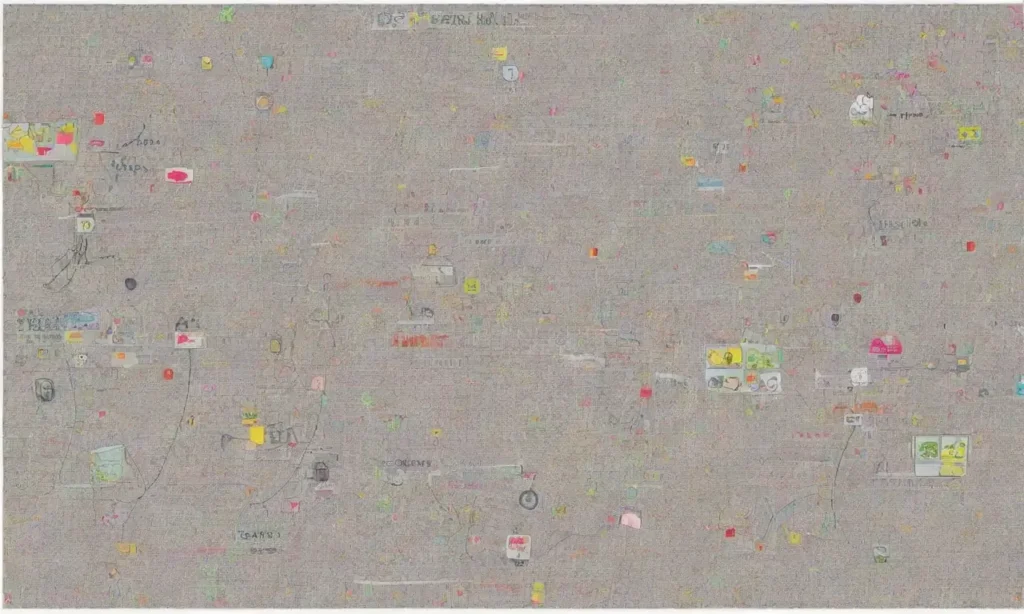
Practical Applications of NLP in Language Translation Algorithms

Introduction
Natural Language Processing (NLP) is a field that bridges the gap between human communication and computer understanding. This enables machines to interpret, generate, and interact using complex human languages. With the booming globalization and the plethora of diverse languages in the world, the need for effective and efficient language translation systems has become more paramount than ever. This is where NLP shines, providing a suite of tools and techniques that empower software to translate languages with unprecedented accuracy.
In this article, we will delve into the practical applications of NLP in language translation algorithms. We will explore how NLP has revolutionized the way we communicate across linguistic boundaries, examine the underpinning techniques and technologies, and consider the challenges and future directions of machine translation. By understanding these facets, we can appreciate the significant role that NLP plays in fostering cross-cultural communication and breaking down language barriers.
Understanding NLP and Language Translation
NLP involves several processes aimed at enabling computers to comprehend human language. In the context of language translation, NLP techniques analyze text, identify context, and derive meaning, which helps in generating accurate translations. One of the most profound breakthroughs in the realm of NLP is the development of machine translation (MT) systems, which use algorithms to translate text from one language to another.
The Evolution of Language Translation Algorithms
Historically, language translation algorithms have evolved significantly from simple string replacements to sophisticated models that leverage deep learning. Early MT systems relied on rule-based approaches that employed linguistic rules and dictionaries for translations. While this method yielded relatively understandable translations, it often struggled with idioms, contextual nuances, and cultural subtleties.
Interpretable Machine Learning in Language Translation AlgorithmsAs technology advanced, statistical machine translation (SMT) emerged, which employed statistical methods to learn from vast amounts of bilingual text. SMT systems analyze patterns in the data to predict the most likely translation of a given phrase. However, limitations remained in handling long sentences and maintaining high quality in translations.
The latest frontier in language translation algorithms is the emergence of neural machine translation (NMT), which utilizes deep learning techniques to model entire sentences rather than word-by-word interactions. NMT has significantly outperformed previous methods, providing more fluent and contextually accurate translations while adapting to idiomatic expressions in ways that statistical methods could not.
Key Techniques Used in NLP for Translation
The effective application of NLP in language translation relies on various techniques. One fundamental component is tokenization, which is the process of breaking text into smaller units (tokens) such as words or phrases. Both morphological analysis and part-of-speech tagging assist in understanding the syntactic structure of sentences, enabling algorithms to recognize how words relate to one another.
Another crucial technique involved in NLP for translation is named entity recognition (NER), which identifies and categorizes key elements in the text, such as names, dates, and locations. This is especially important in translation, as it ensures that specific terms are translated accurately and meaningfully, maintaining the integrity of the original text.
Best Practices for Implementing ML in Language Translation ToolsContextual embeddings, generated by models like BERT (Bidirectional Encoder Representations from Transformers), have also revolutionized translation quality. These embeddings capture the context of words based on their surrounding words, enabling translation systems to deliver more accurate outputs, especially when facing ambiguous terms that could have multiple meanings.
Applications of NLP in Language Translation
In contemporary settings, the application of NLP in language translation is vast and growing rapidly. Businesses, educational institutions, and individuals alike benefit from these innovative solutions that leverage NLP to facilitate better communication across languages. Some prominent applications include automated customer support, localization of digital content, and real-time speech translation.
Automated Customer Support
One of the most impactful applications of NLP in language translation is in automated customer support systems. Companies operating globally often encounter the challenge of addressing multilingual customer inquiries efficiently. By integrating NLP-powered translation algorithms, businesses can deploy chatbots that understand queries in multiple languages and respond accurately in the customer's preferred language.
These chatbots utilize a blend of NLP techniques such as intent detection and sentiment analysis to interpret customer messages. Once the intent is identified, the chatbot can accurately translate responses back into the user's language, significantly enhancing customer experience and satisfaction. The efficiency of automated systems not only reduces operational costs but also allows businesses to provide timely support to customers across the globe.
Localization of Digital Content
The digital landscape is increasingly becoming multilingual, prompting businesses to localize their content for diverse audiences. Localization involves adapting products, websites, software, and marketing materials to suit different cultures and languages, rather than merely translating the text. NLP plays a central role in this process by ensuring that language translation takes into consideration local idioms, cultural references, and tones to resonate better with the target audience.
For instance, an e-commerce platform bringing products to a new market would not only need to translate product descriptions but also adjust promotional messages to align with the local culture. NLP algorithms can automate these localization tasks, making it efficient to tailor content for various languages and ensuring that the marketing strategies feel authentic and resonate with the audience.
Real-Time Speech Translation
The application of NLP in real-time speech translation is perhaps one of the most fascinating advancements in the field. NLP-driven systems have made it possible for individuals to communicate seamlessly across languages during conversations. Utilizing a combination of speech recognition, language translation, and speech synthesis technologies, these systems can instantly translate spoken language.
Applications such as video conferencing tools now feature real-time translation capabilities that allow participants who speak different languages to converse without needing a human translator. This technology not only enhances cross-cultural business meetings but also fosters personal connections between individuals from different linguistic backgrounds. The convenience offered by real-time speech translation is paving the way for a more interconnected world where language barriers are diminishing.
Challenges in NLP-Based Language Translation

Despite the extraordinary advancements in NLP for language translation, significant challenges persist. Ambiguity in language, the inherent complexity of grammatical structures, and cultural nuances often pose hurdles even for sophisticated algorithms. For example, certain words or phrases have meanings that vary widely based on context, making accurate translations daunting.
Addressing Ambiguity and Polysemy
Ambiguity, particularly arising from polysemy, the phenomenon where a single word has multiple meanings, necessitates a deeper understanding of context. While contextual embeddings can aid in disambiguation, they are not foolproof. There are instances when even state-of-the-art algorithms generate erroneous translations due to polysemy, leading to confusion and miscommunication. Continuous improvements in understanding context, developing more refined embedding models, and leveraging user feedback can pave the way for mitigating these issues.
Adapting to Diverse Language Structures
Another challenge lies in the diversity of linguistic structures across languages. Language families vary significantly in terms of syntax, morphology, and semantics. For instance, languages like Japanese employ a subject-object-verb word order, while English follows a subject-verb-object structure. Such differences can lead to awkward translations if not accurately accounted for in the algorithms. Continued research and innovation in multilingual models can help address these structural differences to ensure smooth translations across languages.
Cultural Sensitivity and Nurturing Nuances
Cultural nuances can also influence language translation outcomes. Translators must possess an understanding of cultural context to produce accurate translations, which is a challenge for algorithms. For instance, idiomatic expressions that resonate in one culture may not carry the same meaning in another. It is crucial for NLP systems to adopt cultural awareness to ensure successful communication, especially in scenarios requiring localization. Engaging multicultural teams in translating content and providing training sets infused with culturally relevant data can enhance machine learning models’ understanding of these nuances.
Conclusion
The journey of NLP in language translation algorithms is a testament to the power of technology in bridging communication gaps across languages. As we have explored, the evolution from early rule-based systems to sophisticated neural networks showcases the remarkable strides made in this field. The practical applications of NLP extend far beyond mere word translation, influencing areas such as automated customer support, content localization, and real-time speech translation, all while enhancing the global interconnectedness of individuals and organizations.
The challenges that remain—such as dealing with ambiguity, adapting to diverse language structures, and ensuring cultural sensitivity—underscore the need for ongoing research and development in NLP. Future innovations will continue to refine machine translation algorithms, paving the way for more nuanced understanding and communication in an ever-evolving linguistic landscape.
In conclusion, NLP’s contribution to language translation is not only transforming tools and techniques but also shaping the way we communicate in a globalized world. The potential for greater cross-cultural collaboration, understanding, and empathy hinges on continuing to build on the foundations of NLP, ultimately fostering a future where language barriers are a thing of the past.
If you want to read more articles similar to Practical Applications of NLP in Language Translation Algorithms, you can visit the Language Translation Tools category.



You Must Read